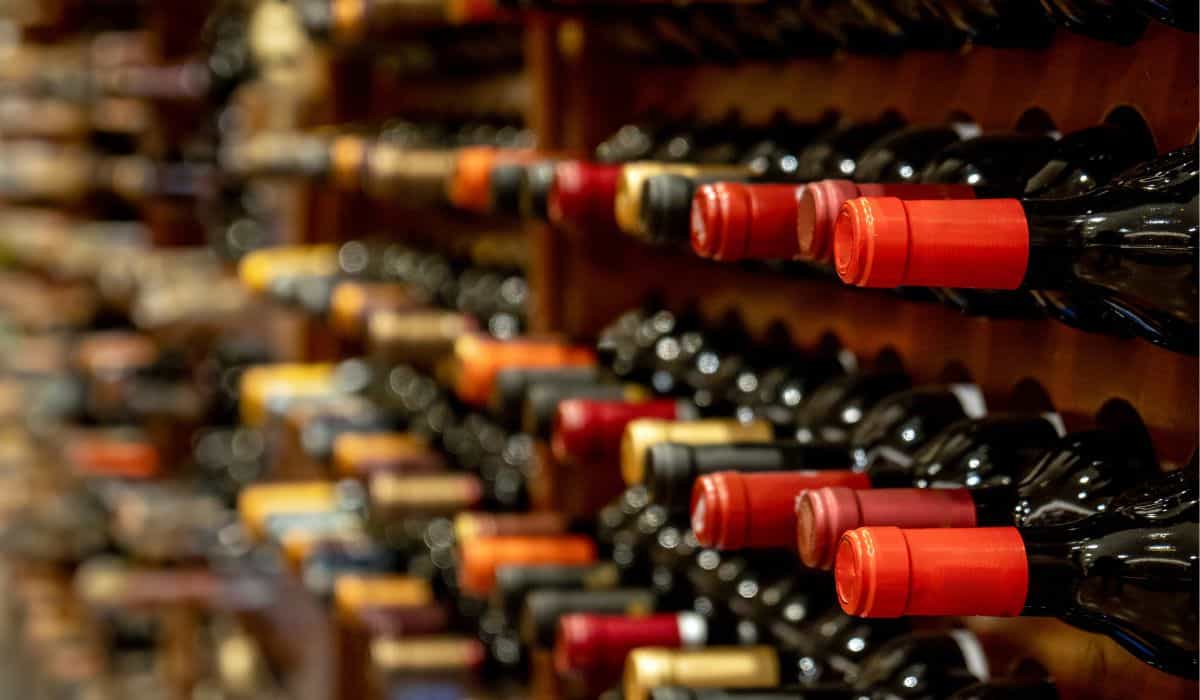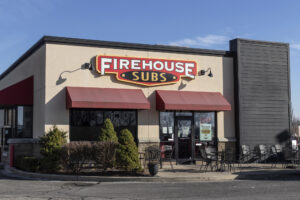
©Sirbouman via Canva.com
Private-Label Wines Surge in Popularity Despite Wine Sales Slump
November 22, 2024
Private-label wines have been growing in popularity among connoisseurs for some time now. Whether it’s a bottle of the famous “Two Buck Chuck” from Trader Joe’s or something only marginally pricier from Costco’s Kirkland brand, private-label wines (or store-brand wines) are typically inexpensive, palatable, and easily recognized due to their association with a particular retailer or restaurant.
And despite a recent slump in wine sales more broadly, private-label wines are claiming more and more of the business that remains.
Wine Stocking and Sales Slump, But Private-Label Wines Are Gaining Popularity
Things aren’t looking overly positive for the U.S. wine business. Quoting data released by the Wine & Spirits Wholesalers of America (WSWA), The Drinks Business indicated that wine stocking dropped by 8% between August 2023 and August 2024. Furthermore, one of the more affordable categories — table wine costing between $8 and $10.99 — dropped by 12.7%.
The Drinks Business quoted SipSource analyst and industry veteran Dale Stratton as concluding that “wine is hurting.”
But that may not be true for all market sectors. According to a recent Supermarket News report, private-label alcohol sales were up 12% over the past 52 weeks, 15% year-to-date, and 23% compared to two years ago. Simon Cutts — senior director of retail partners at research firm SPINS — outlined a few more interesting trends.
“Private labels are growing and growing strong,” Cutts said. “The second bright spot within the whole wine business in general is that the $15 to $20 range of wine is growing strong … not just dollars but units, too. Maybe it’s, I’m drinking less wine, but I’m going to drink better wine. And so we’re seeing that trading up happen.”
What Are People Drinking Instead of Wine, Nowadays?
If people aren’t turning to private-label wine as their alcoholic beverage of choice in 2024, what exactly are they choosing to imbibe instead?
According to The Drinks Business, two standout categories of adult beverages have emerged as distinct competitors to more established beer, wine, and spirits sales.
The first competing category doesn’t necessarily contain alcohol at all. The THC-infused beverage market is expected to grow in value to reach $3.09 billion this year. Per Fortune Business Insights, the cannabis beverage market size is projected to be worth a total of $117.05 billion by 2032 — a stunning compound annual growth rate (CAGR) of 57.5% during the period spanning 2024 through 2032.
The second competing category is all about convenience: ready-to-drink (RTD) options such as hard seltzers and pre-made cocktails. Gen Z appears to be leading the charge backing this category’s continued performance.
“According to research firm Circana, it’s Gen Z consumers who are leading the charge in the beverage alcohol market, propelling innovation in flavor, packaging, and product formats. Despite a slight softening in sales, their findings suggest that RTDs remain popular across different age groups and household income cohorts. They also report that the RTD category has more than tripled in the U.S. since 2018, reaching $10.3 billion in sales in 2023,” the Alcohol Professor noted.
Recent News








